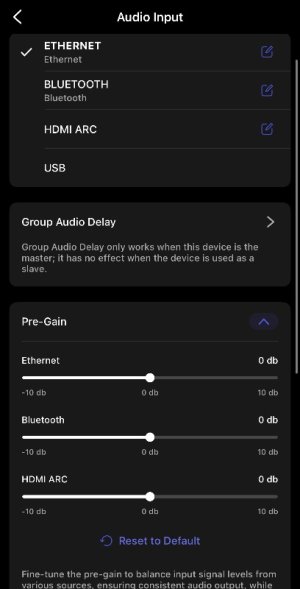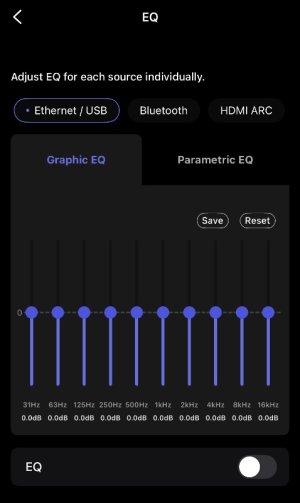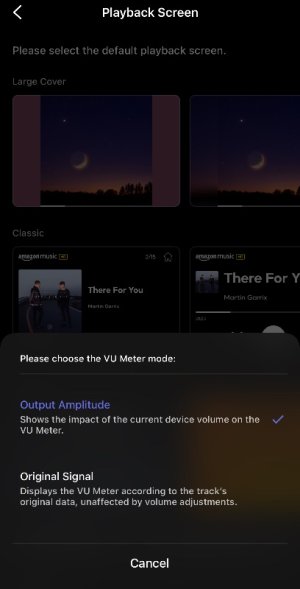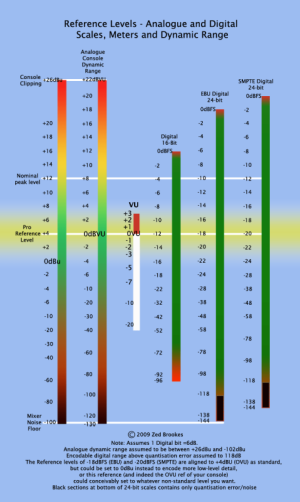The VU algorithm is already calculating the true RMS value.
Dear WiiM team, thank you very much for this information.
To be honest, I'm a little puzzled by the "true RMS" value.
Maybe you could comment on this more theoretical questions for our understanding:
When I send a digitally generated sine wave with 100% FS signal amplitude from my PC to the WiiM optical digital in, the Original Signal "VU meter" reads 0dB (needle pointing to 0). All gains EQ RoomFit off, and Output Volume set to 100%, so does the output VU meter.
This could and should be the reference for 0dBFS, either as peak amplitude meter (relative to FS) or true RMS (relative to FS) .
However, when I send a digitally generated SQUARE wave with 100% FS signal amplitude from my PC to the WiiM optical digital in, the "VU meter" reads 0dB (needle pointing to 0) again!
However, a 100% FS square wave has +3dB more RMS power than the 100% FS sine wave.
See also this Wikipedia article, as pointed out by hgo58:

en.wikipedia.org
"dBFS is defined in AES Standard AES17-1998,[13] IEC 61606,[14] and ITU-T Recs. P.381[15] and P.382,[16] such that the RMS value of a full-scale sine wave is designated 0 dB FS. This means a full-scale square wave would have an RMS value of +3 dB FS."
As far as I have tested, both a full wave 100 FS sine and square will give "0dB" reading at the current VU meter, supporting more a 0dBFS definition based on peak amplitude. For avoiding digital clippling, where both, FS sine and square wave, would be just at the FS limit, a 0dB peak reading for both would be favourable.
But at least, any clear definition is welcome.









